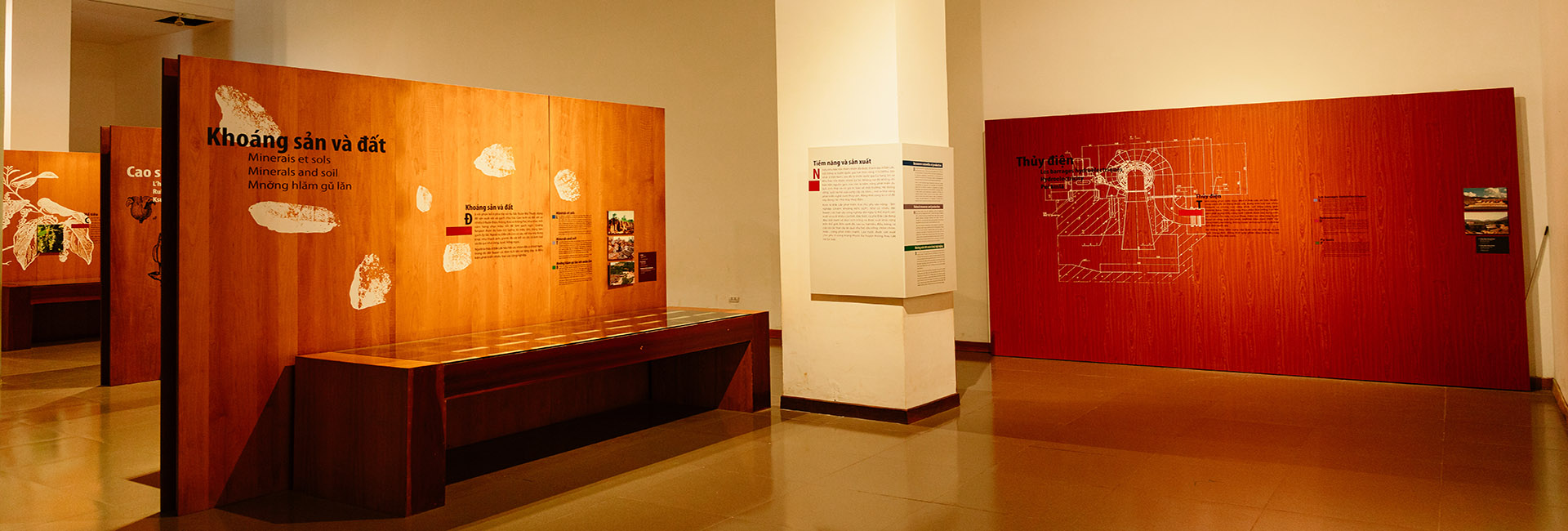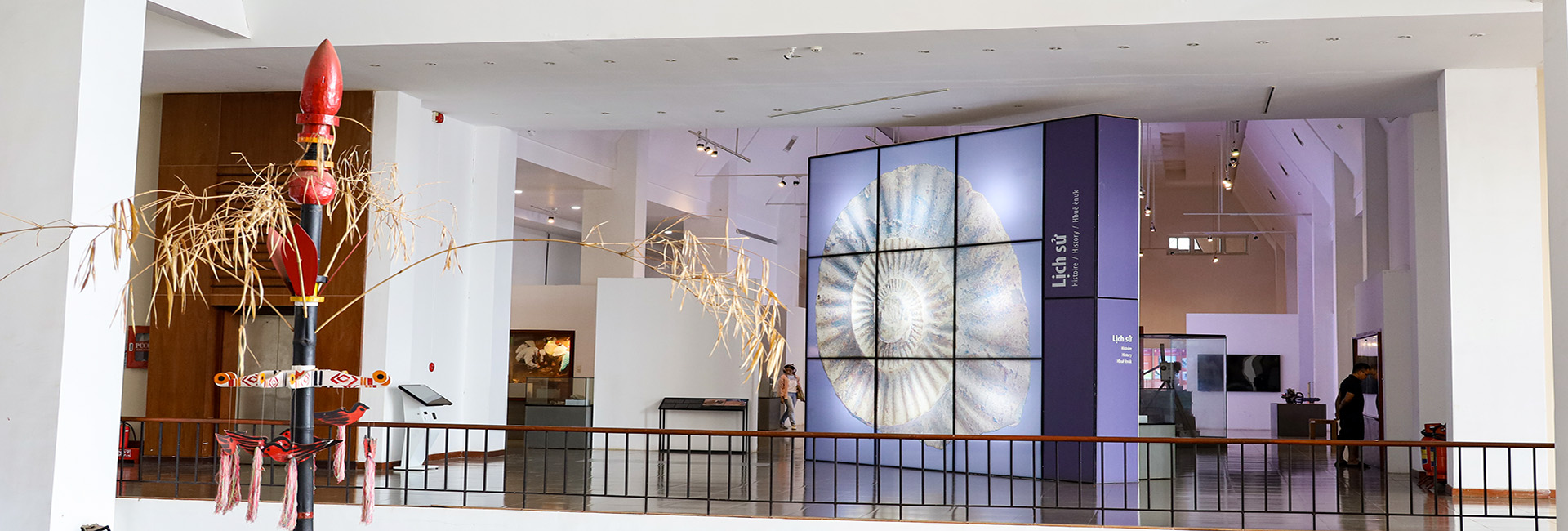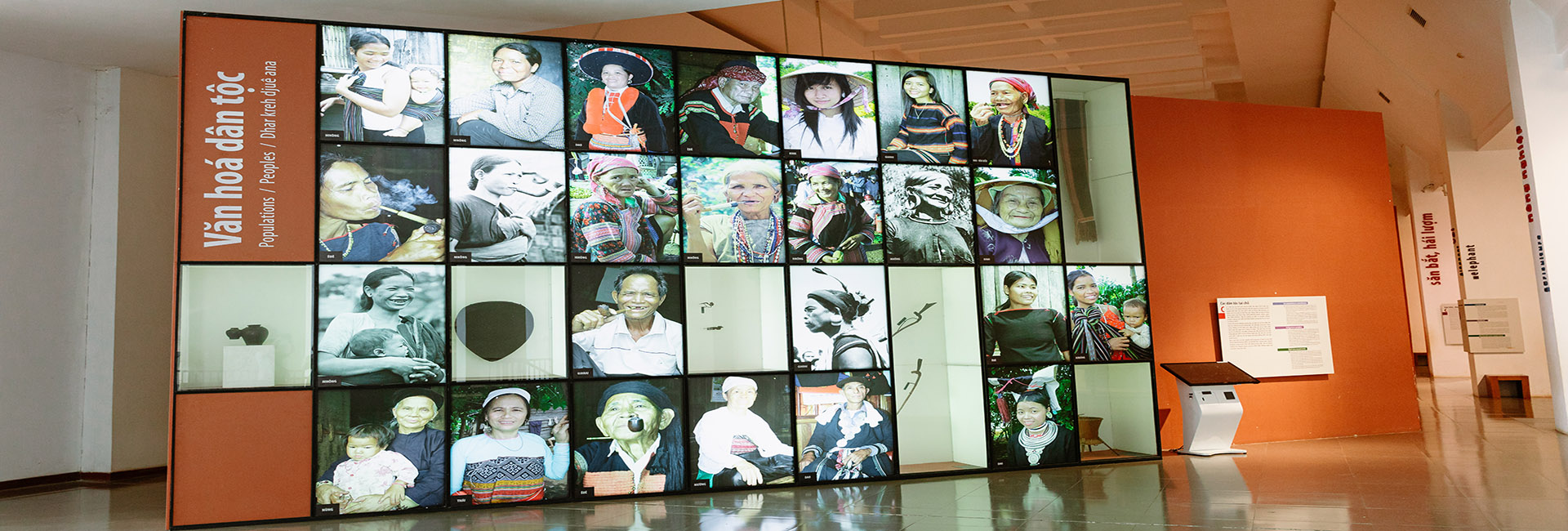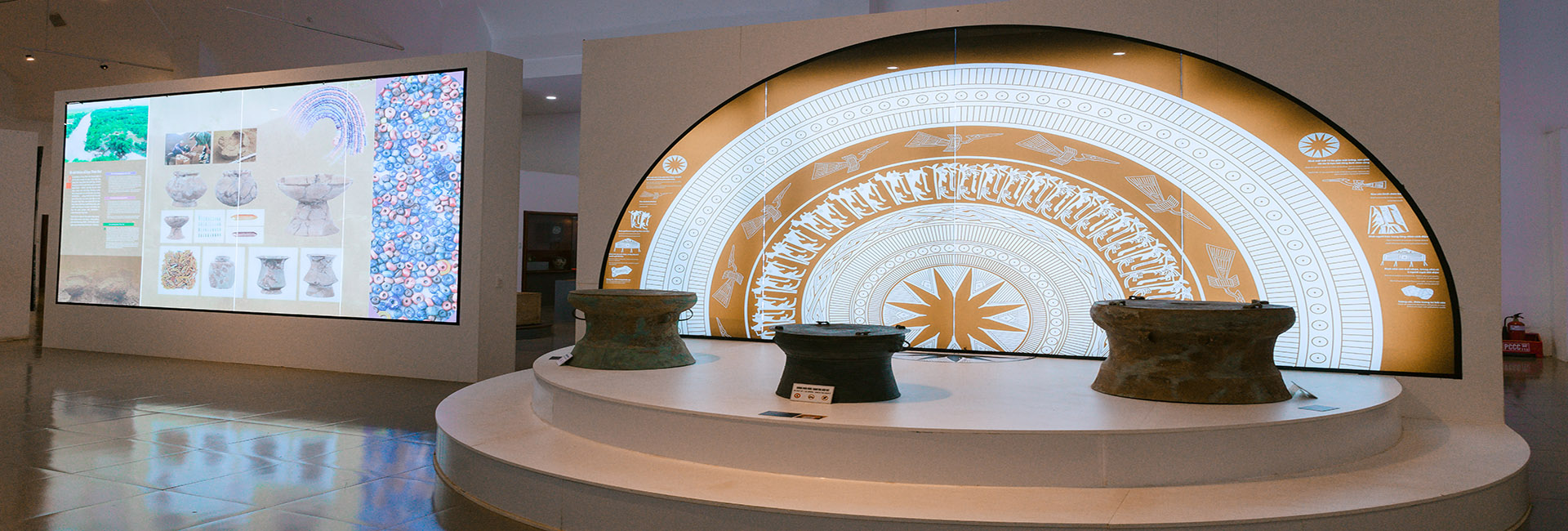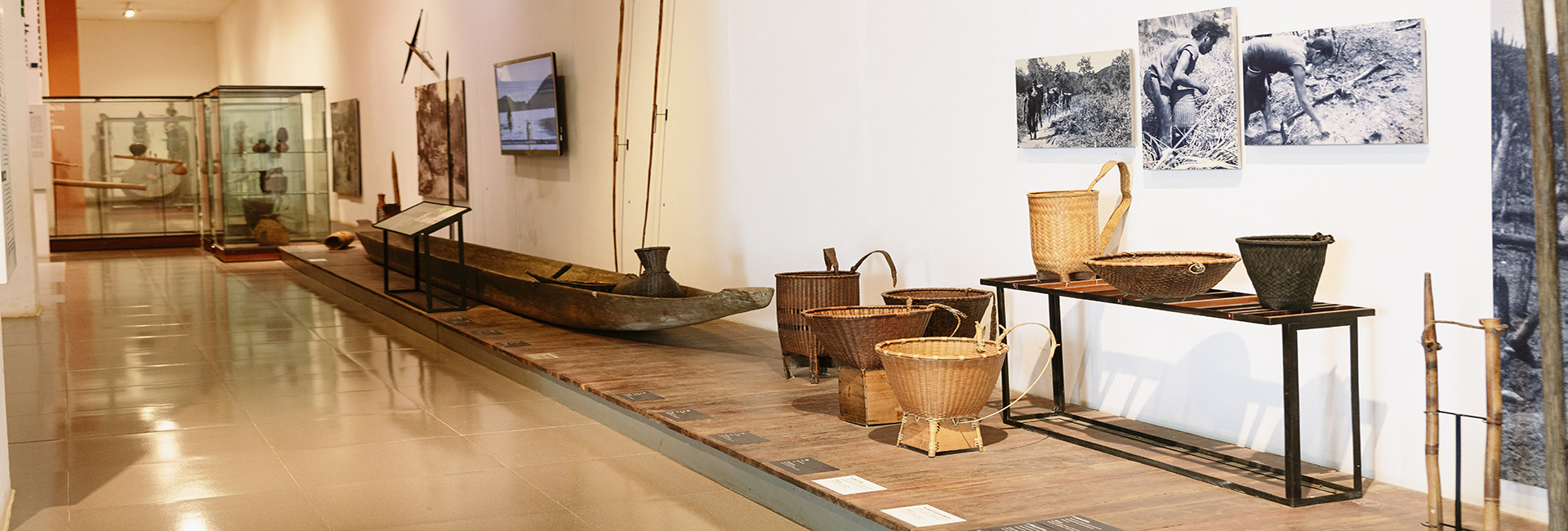RICE BACK-BASKET IN THE M’NONG FUNERAL
Back-basket is one of the indispensable items in daily life and production of the ethnic minorities in Dak Lak in general, and the Mnong in Lak district in particular.
Coming to the M'nong villages in Lak district, we can easily see images of women and girls carrying baskets on their backs going to the fields, going down to the stream to get drinking water for their family. From men’s skillful hands, they make many back-baskets formed with different sizes and shapes and decorated in harmony. Depending on the needs of use, the back-baskets have different effects: the back-baskets for farming; the baskets for valuables kept in the house; the back-baskets for decoration and beauty of the interior house; especially, the back-baskets for funerals.

The back-baskets used in funerals of the Mnong are woven baskets smaller than other types of baskets, from 17 cm to 27 cm high, created with the technique of double knitting, slanting, and cylindrical shaping, square bottom, bamboo rim tied with rattan rope. The back-basket has two straps, plaited with rattan and threaded from the bottom to the inside mouth, the bottom catches two crossed bamboo bars to create the letter X; the back-basket has changed from ivory white to black soot due to used and stored on the kitchen attic.

H'Dluong Du's back-basket used for funerals in Dong Bac village, Yang Tao commune, Lak district, Dak Lak province.
In funerals, the baskets are used by villagers for rice to contribute to the deceased’s family. Thus, the back-baskets are not only used in daily life but also become a beauty in the Mnong’s cultural life, showing the cohesion and sharing among village members.

Today, not only the Mnong villagers in Lak district but also the ethnic minorities in Dak Lak still maintain the traditional baskestry. They take advantages of their free time to find materials to make simple baskets. The products serve the families and become a commodity, exchanged for food, labor tools and sold to other families to get more income for their lives. Although the income from traditional basketry is not high, the eld villagers’ efforts in preserving the craft are commendable.
Phạm Hoài




